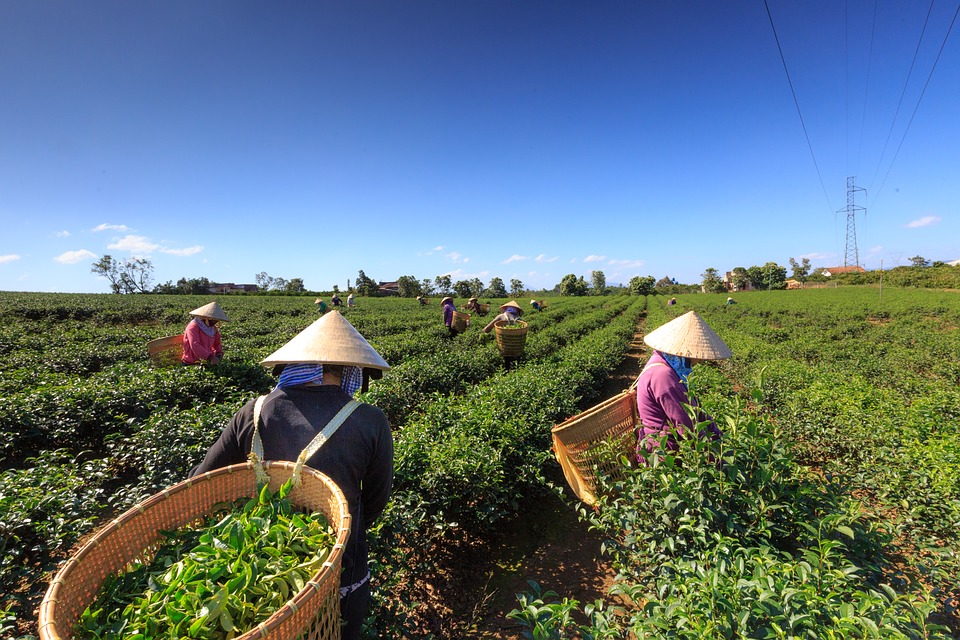
The Invisible Majority
Although marriage-induced migration or associated migration continues to be the predominant reason for the overwhelming presence of women among migrants, its importance has declined post liberalisation as export-oriented economic development has created demand for women labour. An India spend analysis of Census shows that women migrating for work grew by 101 percent — more than double the growth rate for men (48.7 percent) — while those who cited business as a reason for migration increased by 153 percent during 2001-11, more than four times the rate for men (35 percent).
However, both the Census and National Sample Survey Office have failed to capture this trend. These continue to cite marriage as the primary reason for women migration. Consequently, such surveys treat women as secondary earners and ignore her other motivations for migration and her labour participation post-migration. Due to the male-centricity of such surveys, the dynamics underlying female migration do not recognise women as economic actors and their experiences in migration remain unexplored.
While poor migrants, in general, face the denial of basic needs such as identity documentation, social entitlements, housing and financial services, women migrants, in particular, suffer the consequences of being a woman and a migrant. They remain mostly discriminated in the workforce and invariably suffer economic exclusion. Denied maternity benefits or special care and more vulnerable to sexual harassment, these women migrants are more likely to be paid less than male migrants and non-migrant women.
In addition to low pay and inhuman working conditions, low-skilled women migrants often get work that is saddled with health hazards. According to a study by Cividep, garment workers in Bengaluru, comprising 90 percent women migrants, often suffer from “respiratory illness, tuberculosis, ergonomic problems like back pain, mental health problems such as depression… and reproductive health issues such as white discharge, irregular periods and excessive bleeding”.
While India does not have a direct exclusionary registration system of migrants like China’s “hukou” system, it discriminates against them more subtly through political, administrative, labour market, and socio-economic processes. For example, the ration card continues to be a person’s primary identity document, which is issued to the family. The absence of individual-specific ration cards and the need to surrender the old card to move to a new ration card poses unique problems for women migrants who are only recognised as dependents in a male-headed household. This also limits women migrants’ ability to access financial services.
Despite internal migration being very high and the enactment of Inter-State Migrant Workmen (Regulation of Employment and Conditions of Service) Act that legally protects labour migrants’ rights, governments continue to exclude migrants from urban development policies.
Source: Indian Express
